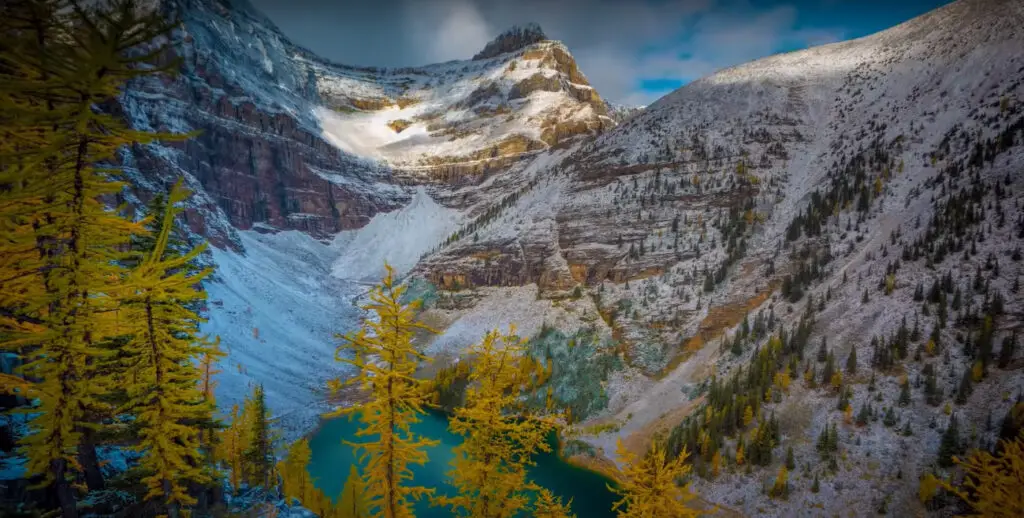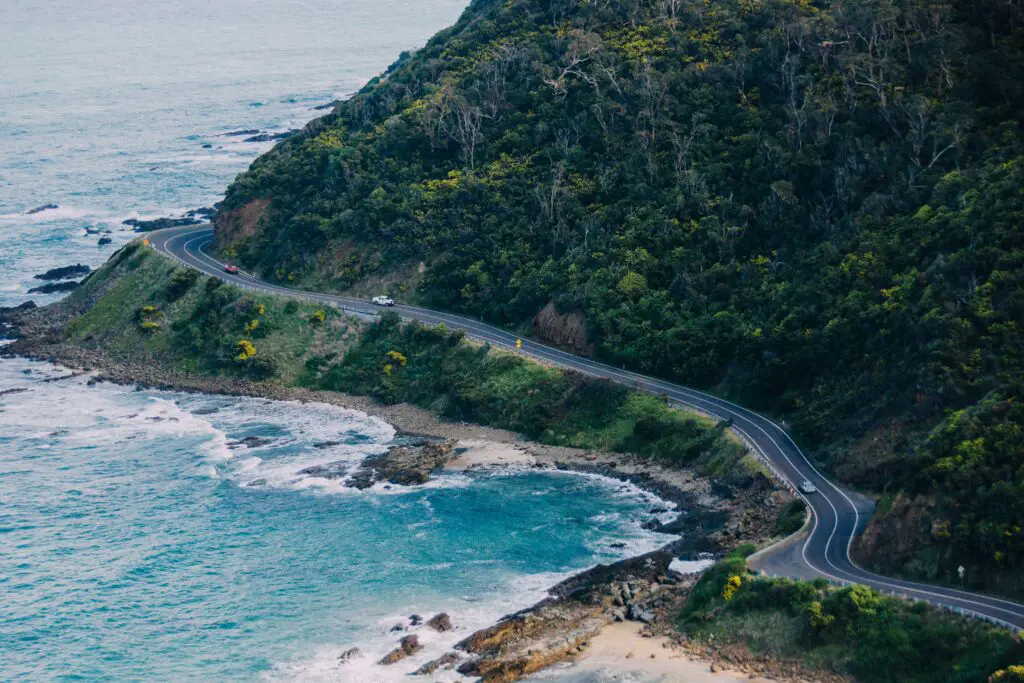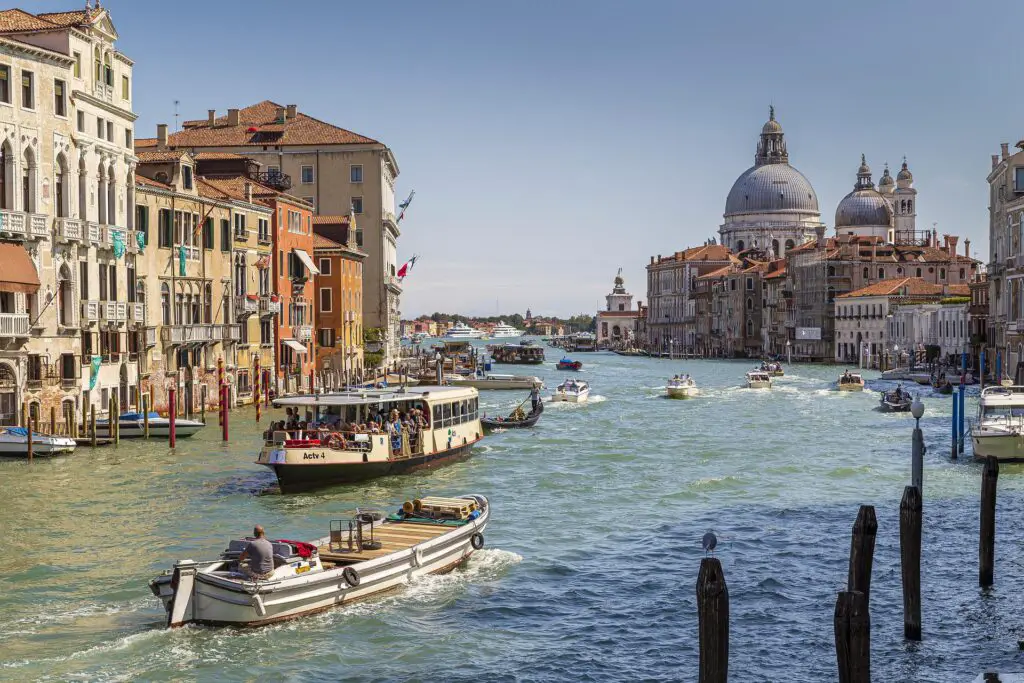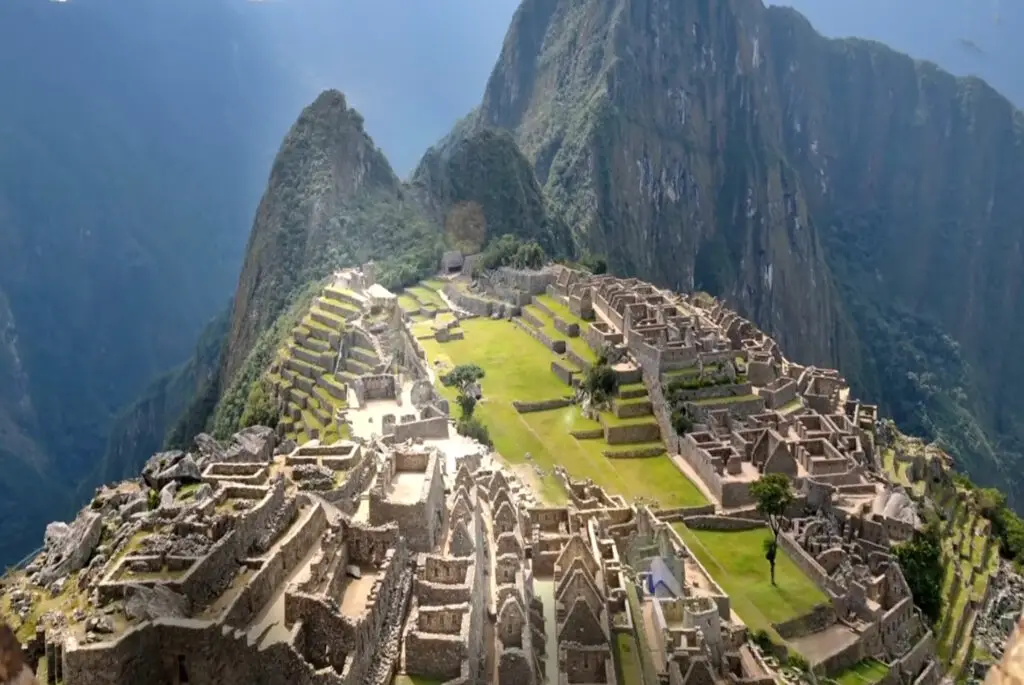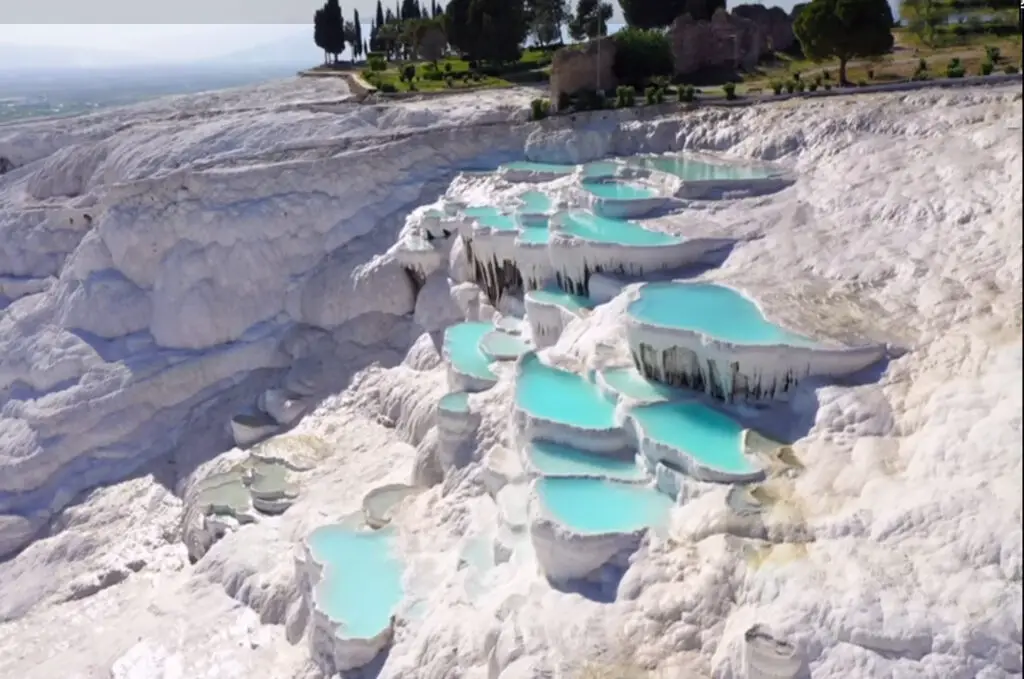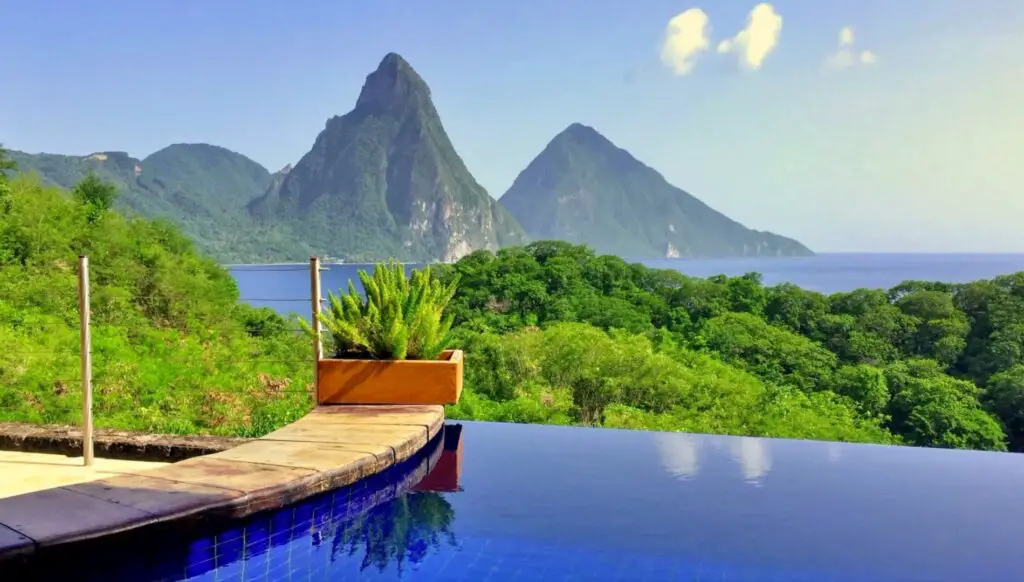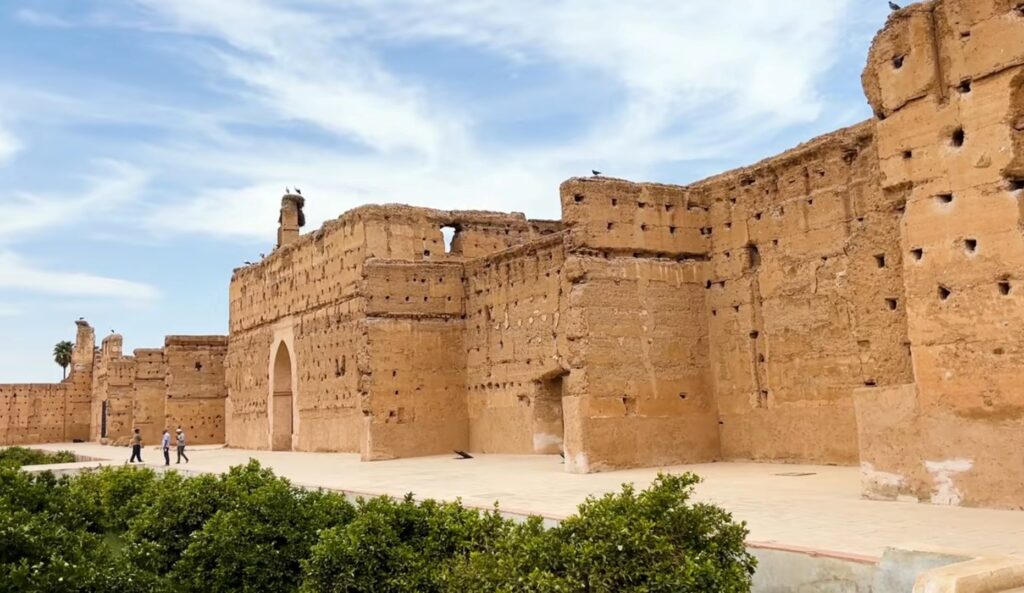Banff National Park is Canada’s first and oldest national park, established in 1885 as Rocky Mountains Park. From Banff’s humble beginnings as a 26 square kilometer hot springs reservation, Banff National Park now consists of 6,641 square kilometers of unique mountain scenery nestled in the heart of the magnificent Canadian Rockies.
Banff is only 150 km from Calgary. There are many ways to travel from Calgary to Banff, but if you’re driving alone, you can get there in about 2 hours. Another option is to travel from Vancouver to Banff by train. Rocky Mountaineer and VIA rail tours offer every traveler a unique view of The Canadian Rockies. Not to mention the comfort of the train you’re riding in or the first-class dining available to you on the go.
Throughout its history, Banff National Park has been shaped by the tension between conservationist interests and land use. The park was established on November 25, 1885, as the Banff Hot Springs Reserve in response to conflicting claims about who discovered the hot springs there and who had the right to develop the hot springs for commercial interests.
Conservationists won a victory when Prime Minister John A. Macdonald designated the hot springs as a small protected reserve, which was later expanded to include Lake Louise and other areas extending north to the Columbia Icefield.
Millions of visitors come to Banff National Park each year to admire the emerald waters of Lake Louise, stroll among the flower-filled heavens of Sunshine Meadows, and drive beneath the towering jagged peaks that line the Icefields Parkway.
Take a summer cruise and enjoy the snow-capped peaks, glistening glaciers, calm lake shores, roaring river rapids, ancient glaciers, and stunning vistas, just part of Banff National Park’s attraction.
Banff Hotels – Best Deals in The Canadian Rockies
Banff National Park is the destination for your vacation and adventure. You can enjoy all the comforts of home in the town of Banff and the village of Lake Louise, or step into the wilderness and home to some of North America’s wildest creatures, including grizzly bears, caribou, and wolves.

Annual Visitor and Ticket Price at Banff National Park
Annual visitors: 4 million
Admission: $9.80 per adult; 17 and under free (Cutt off Date: 2019)
Banff National Park History
Simplicity marks the origins of Banff – Canada’s first national park. In 1883, three railroad workers discovered a natural hot spring on the slopes of The Canadian Rockies, and from there the park was born. Today, Banff National Park is one of the world’s leading destinations, spread over an area of unique majestic mountain scenery. Every year, millions of visitors make the pilgrimage to Banff National Park to enjoy its stunning views and arsenal of activities. (Take a majestic mountain drive through Alberta.)
Now a National Historic Site, Cave and Basin Hot Springs offers a high-definition film, living history activities, a ranger-led biodiversity experience in the surrounding marshes, and an evening lantern tour. It’s no longer possible to soak in the soothing waters, but just 10 minutes away is Banff Upper Hot Springs, a modern spa with outdoor pools, changing rooms, and a cafe.
The village of Banff has evolved from a whistle-blower into a thriving year-round resort with hotels, restaurants, art galleries, and outdoor adventure clothing manufacturers. Located inside a mock Tudor building, the Banff National Park Visitor Center has everything you need to know about the park sites, activities, road conditions, and weather.
Two blocks down Main Street is the Banff Park Museum National Historic Site, which functions as a rustic architectural marvel and repository for zoological, botanical, and geological specimens from the Victorian era. The nearby Whyte Museum of The Canadian Rockies specializes in regional art and architecture, including paintings, sculptures, photographs, and historic homes on display in the gardens.

Outdoor recreation of one kind or another surrounds the village. Established in 1911, the public nine-hole Banff Springs Golf Club takes full advantage of its Rocky Mountain location with impressive mountain views and fairways along the Bow River.
Along the north bank of the river, the Banff Legacy Trail (16.65 miles) between the town of Canmore and the village of Banff is just one of the park’s many scenic biking and hiking trails. The Bow River between Lake Louise and Canmore offers plenty of room for fly fishing, self-guided kayaking, and guided rafting of the type offered by Rocky Mountain Raft Tours.
Mount Norquay, towering high above the village, provides skiing, snowboarding, and tubing in the winter; hiking and biking trails; via the Ferrata climbing route; and in the summer the view of the chair lift. Just 20 minutes outside of town is Lake Minnewanka, a long fjord-like body of water with plenty of opportunities to get wet, including swimming, kayaking, fishing, speed boating, or even scuba diving in the ruins of a sunken village. One-hour sightseeing boat cruises on the lake to Devil’s Gap.
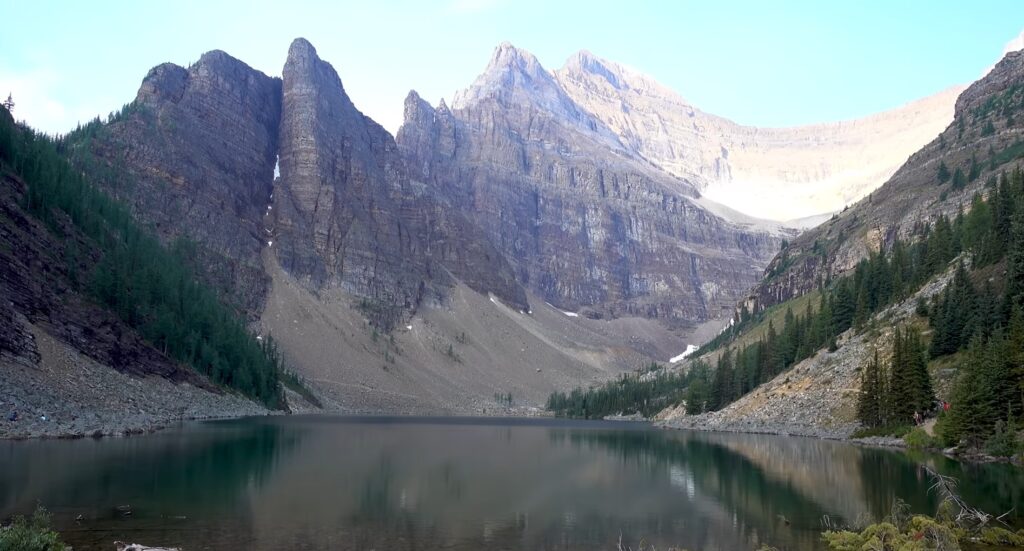
An hour further up the Bow River Valley on the Trans-Canada Highway is the beautiful Lake Louise. Named after Queen Victoria’s fourth daughter, the stunning alpine lake is a bit chilly for swimming but ideal for water sports in the summer or lake fishing and ice skating after the winter freeze.
The historic Château Lake Louise, which opened in 1911 and is still the ideal lodge in a Banff national park, rises above the eastern shore. Afternoon tea in the lounge with large windows overlooking the lake is a long tradition. Of the many hikes in the area, the most popular is the Plain of the Six Glaciers Trail, (8.1 miles) a circular loop along the lake shore and up a glacial valley with the option of sipping at the mountainside Lake Agnes Tea House cabin.
Brewster Stables hosts summer trail rides to the tea house, as well as a full-day expedition ride to Paradise Valley and winter horse-drawn sleigh rides around the shore. Another way to discover the lake area is with private guided hikes offered by Great Divide Nature Interpretation. Thematic treks revolve around glaciers, grizzlies, birding, autumn leaves, or dozens of other themes.
Down in the village, the Lake Louise Visitor Center offers another chance to get information, brochures, maps, and books about the Banff National Park. On the east side of the valley is Lake Louise Ski Resort, which sets itself apart from other winter sports resorts in the region with activities such as Torchlight Dinner and ski nights, a spring music festival, guided snowshoe tours, and backcountry ski tours.
Just north of Lake Louise, the Trans-Canada Highway turns west and into British Columbia. But another famous road continues north along the Bow River: the famous Icefields Parkway (Highway 93), which winds 167 miles through the heart of The Canadian Rockies to Jasper. Lined with rivers, waterfalls, snow-capped peaks, and more than a hundred glaciers, the route offers plenty of reasons to stop, take photos, take a short walk, or simply admire the view of the magnificent natural canvas.
Bow Lake is a great place to stop, check out the historic Num-Ti-Jah Lodge, or hike the Bow Glacier Falls Trail (5.78 miles round trip) to the eponymous cascade fed by meltwater from the Wapta Glacier. The highway reaches its highest point at Peyto Lake with breathtaking views back into the valley.
Another waterfall tumbles down a slot canyon at Mistaya before the highway jumps over the Saskatchewan River at a place called the Crossing, which marks the halfway point between the villages of Banff and Jasper. Fifty kilometers (30.1 miles) further down the highway is the Columbia Icefield and the beginning of Jasper National Park.
Plan your trip
How to get to Banff National Park: Banff National Park is located 80 miles west of Calgary. Calgary International Airport is served by major national and international carriers with multiple flights arriving daily. From the airport, rent a car and take the Trans-Canada 1 west from Calgary directly into the park via Banff and Lake Louise. Direct bus service from the airport or downtown Calgary is also available to Banff and Lake Louise, as well as shuttle services through travel agencies.
When to Go: Open year-round, Banff National Park offers amazing wildlife viewing and city tours, and plenty of shopping and dining options any time of the year. Summer is popular for hiking, paddling, mountain biking and biking, photography, and rock climbing. The best time to see the seasonal colors is in the fall when the larches—the only conifers that lose their needles in winter—turn yellow.
In winter, the mountain landscape offers incredible downhill and cross-country skiing. Three main downhill ski resorts operating in the park. Lake Louise Ski Resort, Sunshine Village, and Mount Norquay combined offer great skiing terrain, not to mention backcountry trails available throughout the park. The ski season, which runs from November to May, is one of the longest in North America. Visitors can also enjoy wildlife tours, ice walks, snowshoe tours, and dog sled and horse-drawn sleigh rides.
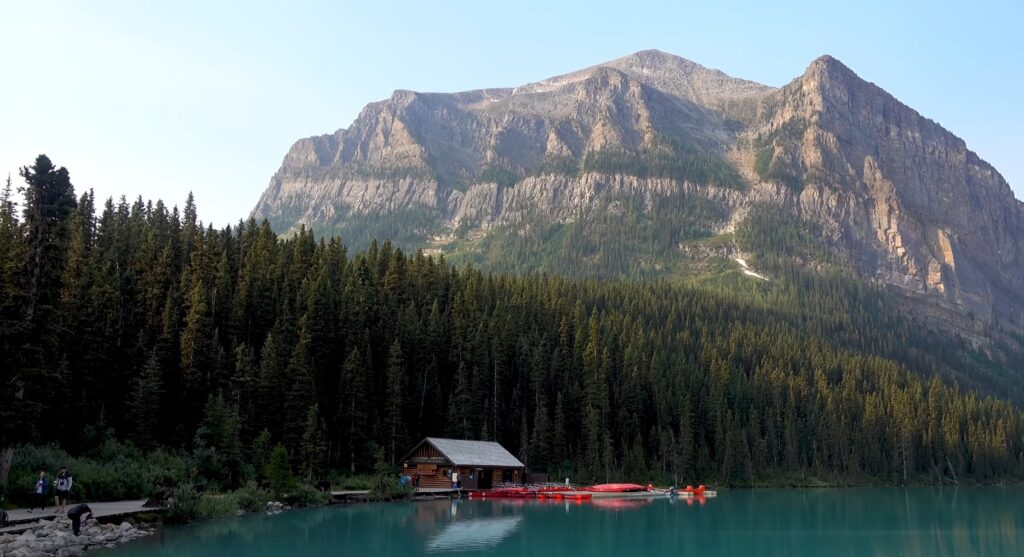
Getting around: The most common way to visit the Banff National Park is by car or tourist bus. In the town of Banff, you can also catch the ROAM bus, a publicly accessible and eco-friendly hybrid equipped with wildlife information. Pick up a map or bus schedule at the Banff or Lake Louise Visitor Information Centers. GPS guides are also available.
Where to stay: Iconic national park accommodation in a classic location, Château Lake Louise offers restaurants, bars, a spa, and a children’s camp. Baker Creek Mountain Resort has cabins along the Bow River south of Lake Louise with bikes and fishing rods for rent. The Banff Springs Hotel is a historic National Park property established in 1888.

